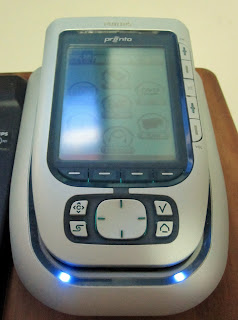The Audiolab 8000A's with the alphabet 'F' in the serial number were the last production batch before Audiolab was sold to Tag McLaren.
I was lucky enough to secure a unit from a seller who lived down the road!!!. After doing so, I sold my British made Audiolab 8000S (serial number with 'E') and 8000A (serial number with 'D').
The newer 8000A still sounded "a bit raw" and less polish than the higher end units in my collection. Hence I decided to recap the unit using better quality parts, as well as performing some minor tweaking along the way.
 |
| My unit with 'F' in s/n |
 |
| Original |
The following pix was taken after the work was done using OSCON, Wima, Panasonic FC and ECA, as well as silver mica's.
 |
| Before Wima's inserted into pre-amp section was substituted with silver mica's |
 |
| After the four silver mica's were inserted |
Took the opportunity to capture a 30second video to show the results, using my basic digital camera. The video was captured in MOV format and has not been modified in any manner of form - direct from the digicam to the PC and uploaded to the blog.
Was quite impressed by the ability of the basic digicam, although my daughter says it does not do justice to the real setup.


















